Over the past decade, a vocal minority of urban and suburban bike enthusiasts have succeeded in passing bike lane legislation. In many states like Massachusetts, any new roadway project, be it a repair, redesign, or all-new road, must have a bike lane. What we found in a long tour of some of the Boston area’s most notable roadways is that the bike lanes are entirely unoccupied.
In our state of Massachusetts, the Boston area is now thoroughly bike lane-equipped. Following a long period of redesigns, bike lanes have appeared on almost all of Boston's major roads and the roads of all the surrounding suburbs.
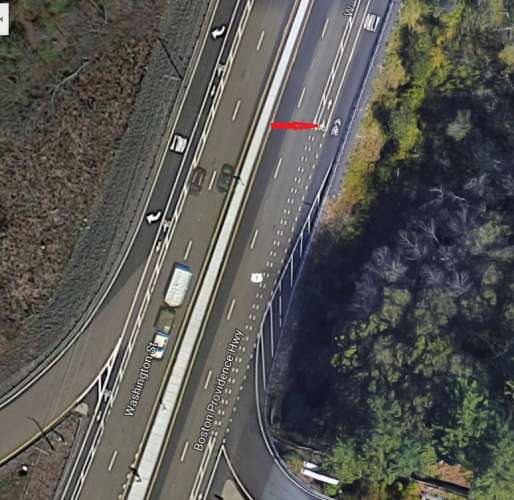
Even U.S. Route 1, with its 55 MPH speed limit, grew a bike lane when a project in the suburb of Plainville was completed.
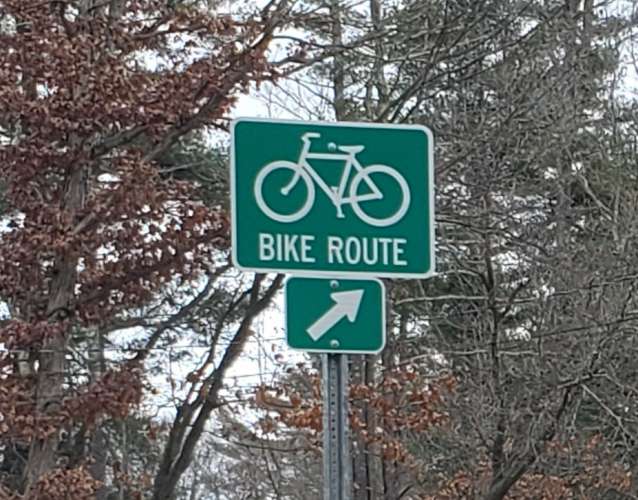
On December 9th, from about 4 pm until about 6:30 pm, we drove eastbound from West Concord, Mass, heading into the Brighton section of downtown Boston. Brighton is one of the most densely populated areas on the East Coast. It is a college and lower-income section of the city, with many multi-family homes, apartment complexes, and condo complexes. The streets are among the oldest in America and very crowded and narrow. We then exited Brighton heading northeast. Towns and communities we traveled through included; West Concord, Concord, Lincoln, Weston, Waltham, Wayland, Watertown, Nonantum, Newton Corner, Brighton, Chestnut Hill, Brookline, Belmont, Allston, Cambridge, East Arlington, Arlington, and the edge of Medford. During our ride, we passed by Brandeis University and Boston College, and we passed through areas in which students live. For example, Boston University, Northeastern University, and Harvard.
Our ride was oddly local that entire stretch because it was a Friday rush hour. We could not use the major roadways because of this. They were all jammed. So we took secondary roads the entire way, and the traffic was surprisingly manageable. Washington Street, Comm. Ave, Rt. 20, and Rt. 30 are some of America’s most iconic streets and now almost ubiquitously fitted with bike lanes.
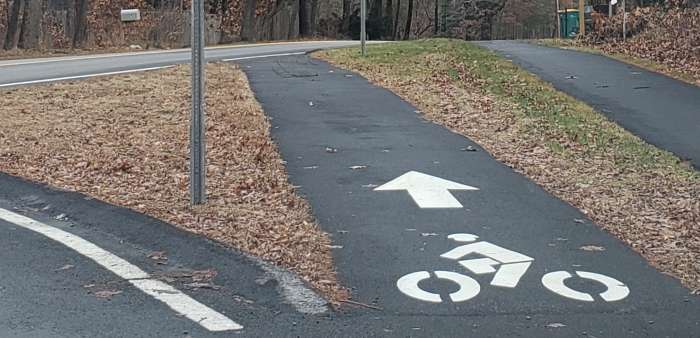
The bike lanes come in three main flavors. In many areas, the roadway was narrowed to add a thin bike-only lane to the right of the automobile lane. In other areas, there is a “carriage path” lane that runs between or beside the road, and a bike lane is there. Sort of like a rail trail. In other areas, the entire automobile lane is painted with six-foot “Bike Use Full Lane” wording, and there is an image of a bike with three sergeant’s stripe arrows painted in the direction of travel. It may not be accurate to say that the bike lanes covered every mile of our journey, but for certain, the bike lanes are now almost universal in the area.
The early evening was seasonably warm, about 40 F, dry, and full-moon lit. As perfect of a late fall day gets for biking. So over our two-and-a-half-hour journey, how many bikes did we see? Two. One was a disheveled man in a T-shirt atop a bike leaning against a packey in Brighton (a store that sells alcoholic beverages is a packey in Boston). A second was a young woman dressed in a full ski outfit, fuzzy hat and all, on a foldable E-bike riding in a park. During the entire length of our journey, we didn’t see a single biker on any bike path, lane, or roadway designated “Bikes Use Full Lane.” Zip. Nada, Zero. Not even a single token biker in front of Brandeis or BC.
By contrast, we saw throngs of walkers, it being the busiest time of day to be out and about commuting home from school or work. We also saw Massachusetts Bay Transportation Authority (MBTA) buses on many parts of our route. There seemed to be many people getting on and off. In many areas, the buses have their own lanes for short stretches. Some seemed to overlap the bike lanes if we are not mistaken. The MBTA’s trolleys also crisscrossed our route and ran alongside us for parts of the journey. The “trolleys were hoppin” as we say in Boston. Packed. Very popular. Fun fact: much of the Boston-area route we followed was at one time electrified. But the MBTA has since switched to diesel buses instead to save the environment. Or something. They are planning to switch to battery-electric buses soon to modernize. Or something.
Boston is planning to keep pushing forward, adding more unused bike lanes. Streetsblog.org recently published a story saying that Boston’s Mayor (until death or elevation to federal appointment) plans to put 50 percent of the city’s population within a 3-minute walk of a protected bike lane within the next three years. The MBTA and bikes go hand in hand. Folding bikes may be carried on any MBTA vehicle at any time, and regular bikes are welcome in most of the city’s major stations.
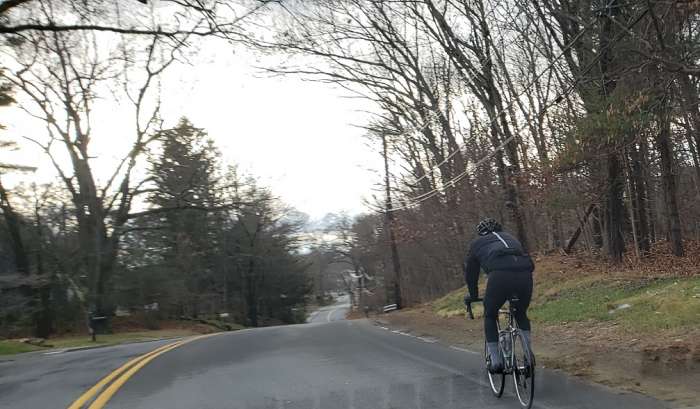
Since my journey through the bike-lane-rich areas of Metro Boston, I’ve been on the lookout for bikers. The weather has been mostly warm and snow-free. During that time, I saw one biker. Interestingly, the biker was in black biker apparel as the sun was about to set.
Surely there must be more than zero folks commuting by bicycle on warm, dry afternoons in Metro Boston, right? Help us understand how we missed them with a comment in the space below.
John Goreham is a long-time New England Motor Press Association member, bicycling enthusiast, and recovering engineer. You can follow John on TikTok @ToknCars, on Twitter, and view his credentials at Linkedin
Re-Publication. If you wish to re-use this content, please contact Torque News for terms and conditions.
Images by John Goreham. Aerial Bike lane image courtesy of Google Earth.


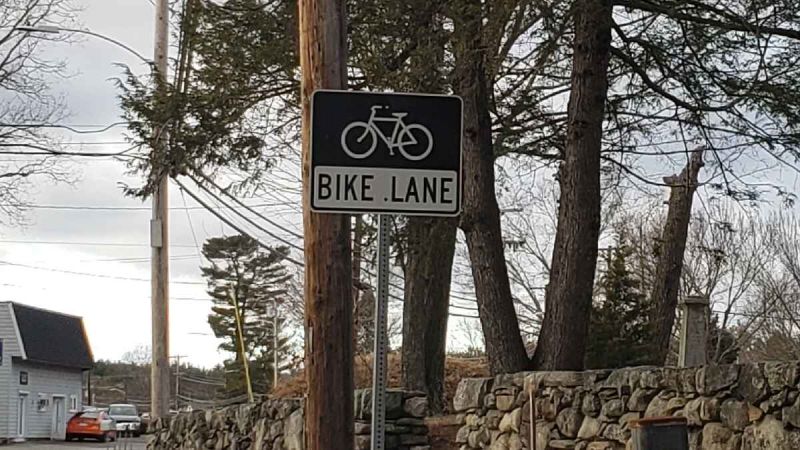










Comments
You didn't see any bikers
Permalink
You didn't see any bikers because you were driving a car. If you were biking, you'd notice all the bikers and not notice any cars.
2 more than I would have
Permalink
2 more than I would have expected. .......
Portland Oregon has the same
Permalink
Portland Oregon has the same mindset.. It bewilders me
After reading your article,
Permalink
After reading your article, it is very clear to me that you have a very narrow understanding of bike infrastructure. The “bikes use full lane” signs are called sharrows, and they are not bike lanes. 6 foot wide sections of pavement with no separation are also not bike lanes. I would encourage you to look into some of the design features of dutch infrastructure. They have the highest safety standards, which is why biking is so popular and efficient.
You did not see more bikes
Permalink
You did not see more bikes because you drove on December 9, and you were then “on the lookout” until this post on December 22. It’s cold out in December.
Mike, you make a very good…
Permalink
In reply to You did not see more bikes by Mike (not verified)
Mike, you make a very good point. Here in New England, we get snow from August to May. I assume you are pointing out that the bike lanes are not really practical to use during those ten months of the year. Personally, I bike when it is above 50 F. But I'm sort of unusual in my love for biking.
You did not see more bikes
Permalink
You did not see more bikes because you drove on December 9, and you were then “on the lookout” until this post on December 22. It’s cold out in December.